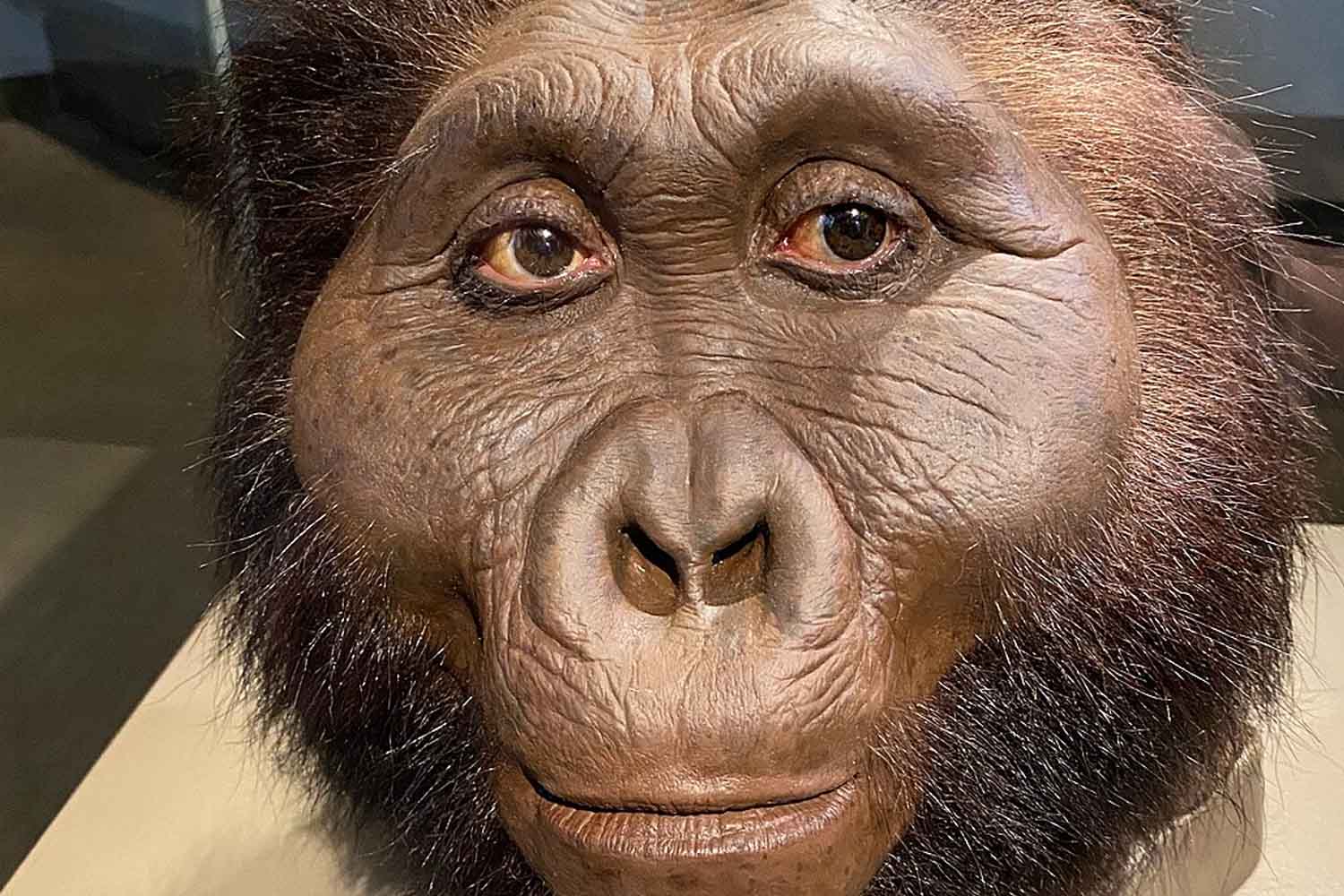Having lived in Africa for over one and a half million years, Paranthropus shared the environment with Homo and may have made tools even before the "human genus"

In the 1970s, archaeologists found lithic tools (Oldowan technology) alongside Paranthropus fossils, both in Tanzania and South Africa. At first, it seemed like a simple coincidence. Then, other discoveries began to show a direct stratigraphic connection between these tools and Paranthropus. In practice: they lived in the same place at the same time, and it’s not certain they weren’t the ones using (and perhaps making) those objects.
Today we know that Oldowan technologies are older than the appearance of the genus Homo. This means that the clear distinction between “who creates” and “who is not human” might be our own prejudice, not supported by the data.
They lived alongside other human species: a long and crowded coexistence
During their long history, Paranthropus were not alone. They shared Africa with several species of Australopithecines and with early Homo: habilis, rudolfensis, ergaster, erectus. And not only that: they even lived during the same period as the first hominids who left Africa, such as Homo georgicus.
A true “evolutionary jungle” made of coexistence, competition and, perhaps, cultural contamination. Nothing like the idea of linear evolution, from ape to man. The reality is that evolution was an interweaving of branches, many of which went extinct, leaving only us as the last representatives.
Why it’s important to rediscover Paranthropus today
We often tell ourselves that human intelligence is what made us unique. Yet, the story of Paranthropus forces us to reconsider that adaptability, survival and perhaps even technological innovation are not exclusive prerogatives of our genus.
These hominids survived for a long time, with a small brain but with practical abilities perhaps underestimated. And this says a lot about how evolution really works.
Talking about them today is not just an exercise in curiosity, but a way to understand how complex and shared our history is on the planet. And how much there is still to discover.
Source: Human Bridges
